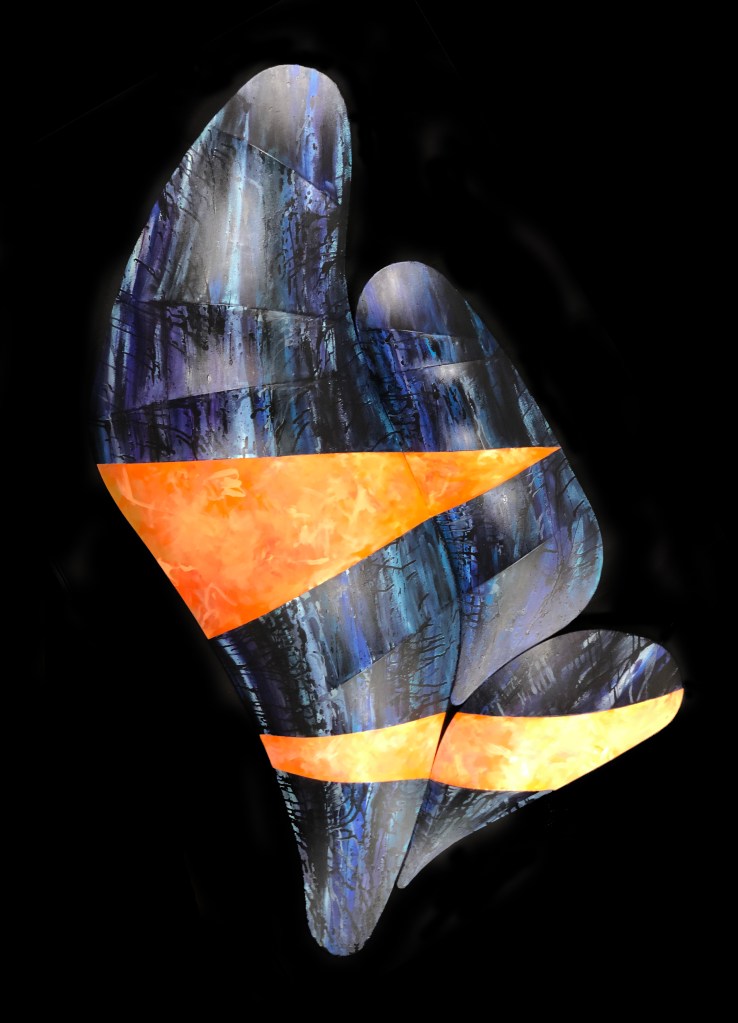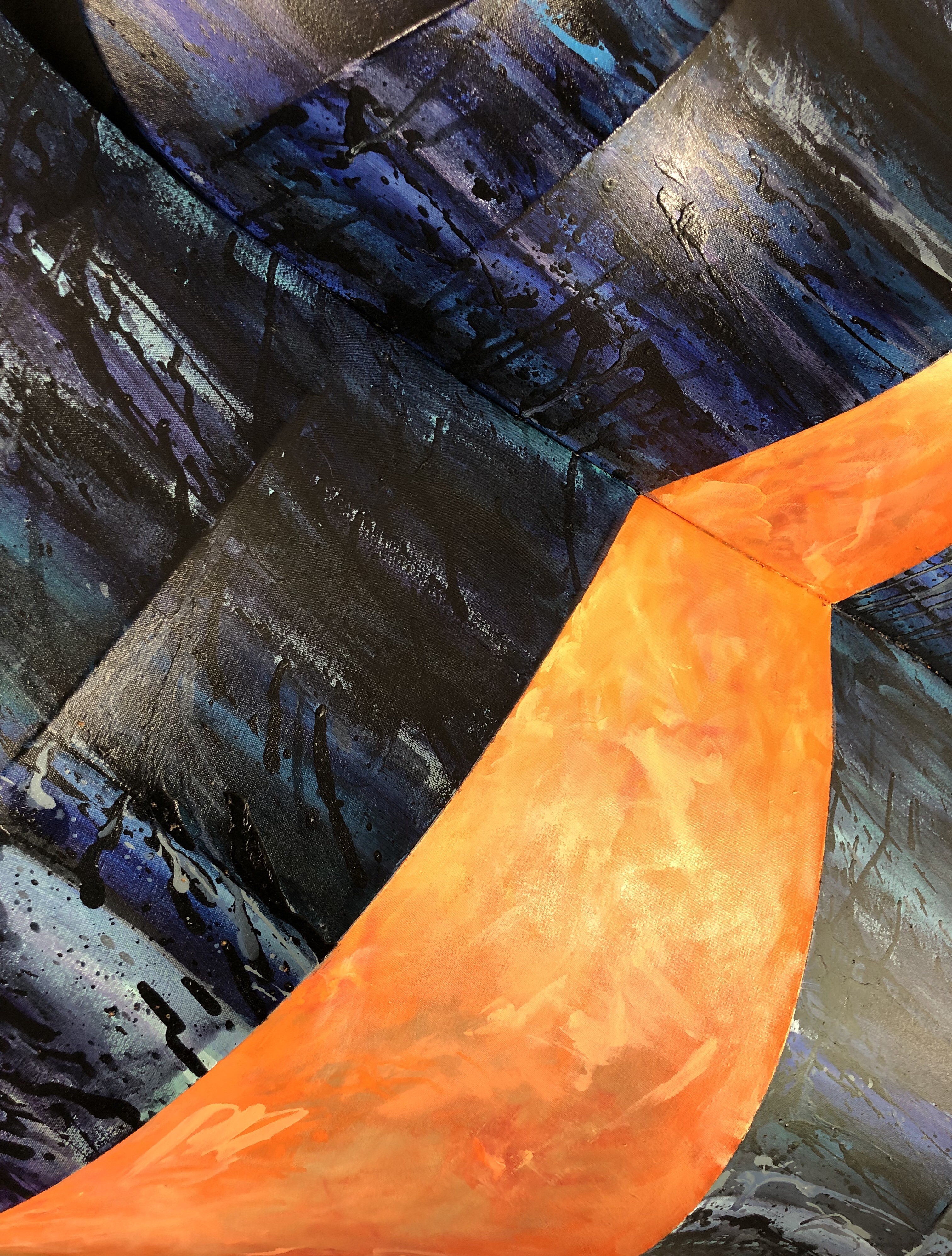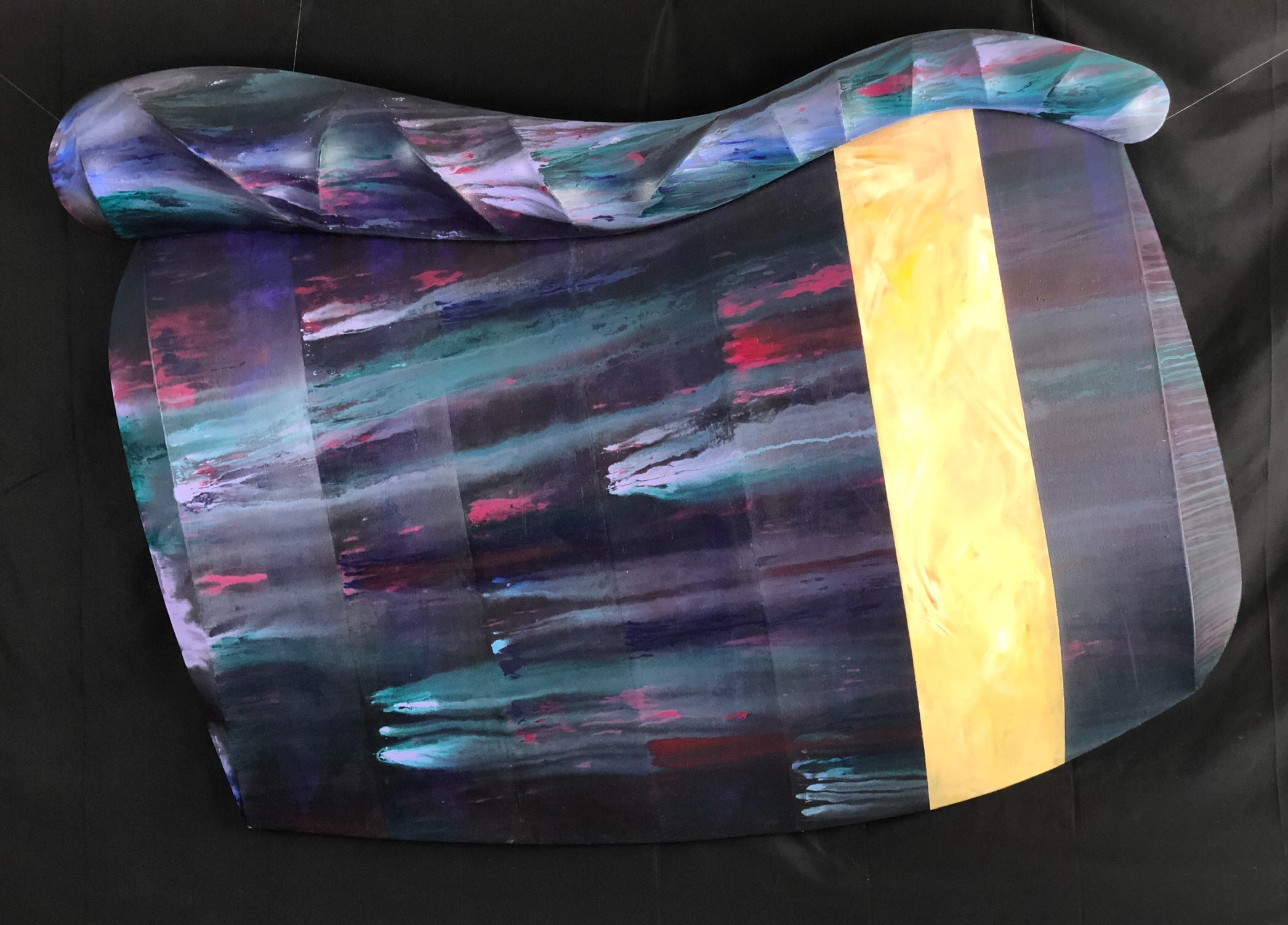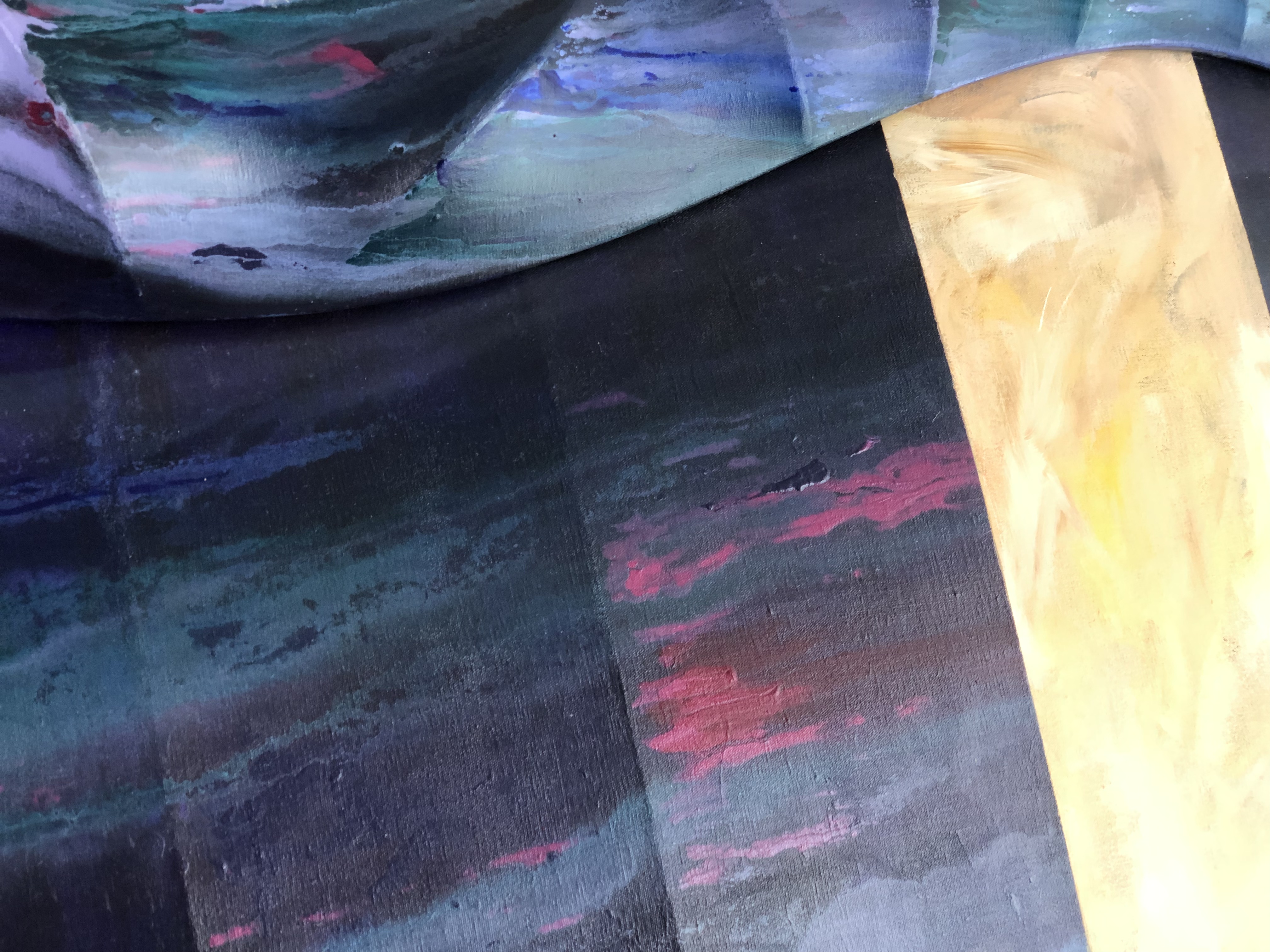Admiring Clésinger: A Critique and Reflection on “Woman Bitten by a Serpent.”

Auguste Clésinger’s “Woman Bitten by a Serpent” stands as a testament to his mastery of form and emotion, capturing a moment of intense beauty and suffering with unparalleled skill. This sculpture, completed in 1847, continues to inspire artists and art lovers alike, including myself, who find in it a perpetual source of inspiration and a benchmark of artistic excellence.
The success of “Woman Bitten by a Serpent” lies in its remarkable attention to detail and Clésinger’s adept handling of the female form. The piece presents a woman in a reclining position, her body twisted in the throes of pain as a serpent bites her. The use of contrapposto, though not novel, is executed with such finesse that it brings a dynamic tension to the composition. The subtle shift of weight and the naturalistic portrayal of the body’s curves and musculature demonstrate Clésinger’s deep understanding of anatomy and his ability to render it with lifelike precision.

One of the most striking aspects of this sculpture is the texture of the skin. Clésinger’s technique creates a palpable sense of flesh, soft and yielding, contrasting sharply with the hard, cold marble. This tactile realism heightens the viewer’s emotional response, drawing them into the woman’s agony and despair. The delicate rendering of the face, with its contorted expression, further emphasizes the intensity of the scene, making it almost unbearably poignant.

Clésinger’s composition also excels in its use of space and movement. The serpentine form of the woman’s body leads the eye in a graceful yet tumultuous journey across the sculpture, from the outstretched arm to the tension in her legs. This movement is both fluid and fraught, encapsulating the dual themes of beauty and suffering. The interplay of light and shadow across the marble surface adds depth and dimension, enhancing the overall impact of the piece.

In the context of 1847, female nudity in art had to be justified to align with the moral sensibilities of the time. Artists often depicted nudes as victims of harm or captivity, not to emphasize their suffering but to rationalize their exposed form. Clésinger was acutely aware of these societal constraints, yet his subtle rebellion is evident in the portrayal of the serpent. Instead of presenting it as a menacing creature, he diminishes its threat, rendering it small and almost ornamental—akin to a piece of jewelry. This audacious choice can be seen as Clésinger’s critique of the era’s conventions, mocking the superficial need to validate the presence of nudity with a flimsy pretext of distress.
As an artist, I am continually drawn to the emotional and technical prowess displayed in “Woman Bitten by a Serpent.” Clésinger’s ability to convey such profound emotion through stone is a continual source of inspiration in my own work. His genius in capturing the essence of the female form and the rawness of human experience encourages me to strive for greater emotional depth and anatomical accuracy in my creations. Each study of this piece reveals new insights into the power of form and expression, reminding me of the heights that can be achieved through dedication and skill.

In my practice, I often reflect on Clésinger’s work, seeking to emulate the delicate balance of beauty and turmoil he so masterfully achieves. The way he merges technical precision with emotional resonance serves as a guiding light, pushing me to explore the limits of my abilities and to convey more effectively the subtleties of human experience in my sculptures.
In conclusion, Auguste Clésinger’s “Woman Bitten by a Serpent” is not only a masterpiece of 19th-century sculpture but also a timeless source of inspiration. Its successful elements—contrapposto, texture, movement, and emotional depth—combine to create a work that continues to captivate and influence. For me, it remains a continual ideal, a reminder of the power of art to transcend the material and touch the soul.
















